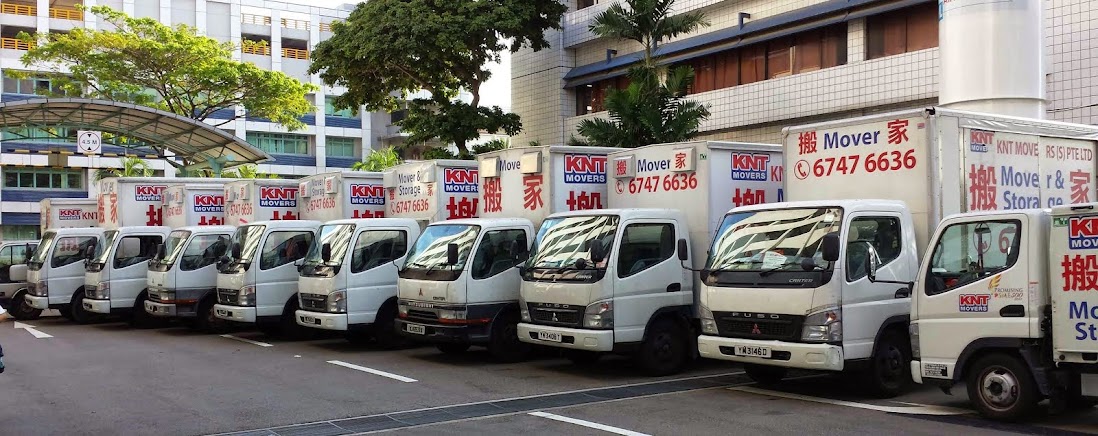 |
| from authenthicsimplicity .net |
Curtains and Draperies (DIY)
For starters, curtains, draperies and other cloth items are easy to pack. Simply fold them lengthwise and place them in boxes or pack them in empty drawers and cupboards. Other soft, bendable, unbreakable items (napkins and table cloths) can also be packed in the same way. Fragile items should be packed in appropriately sized and insulated double layer boxes (which we have available), and can be extra protected by placing these cloth items around them in the extra space in the boxes.
Dining Room Table (DIY)
When moving a dining room table, it's helpful to dismantle it, if possible, before trying to pack it. All the small parts (screws, bolts and nuts) fit nicely inside a a small, plastic bag with a proper label. After putting them in the bag, tape it to the table with friendly adhesive tape so they won’t get lost. Don’t use standard tape directly on wood, though as it could cause damage or leave a sticky residue that's impossible to remove. Make sure the table is clean. To add extra protection for corners, use corner protectors from a moving supply store or pad the corners of the box with cloth items normally found in the dining room. Wrap the table in moving pads, and secure them in place. The same can be done for your table legs. If they're the correct size, they can help as extra protection for your table. Wrap them in sufficient layers, and then keep them on the corners, outside the padding, to help reduce damage to your table top. To move your dining chairs, similarly dismantle them where possible, and wrap them in padding the same way. Any cushions or pillows that may accompany them can be packed in boxes or strong plastic bags (like a garbage bag) for easy carrying.

No comments:
Post a Comment